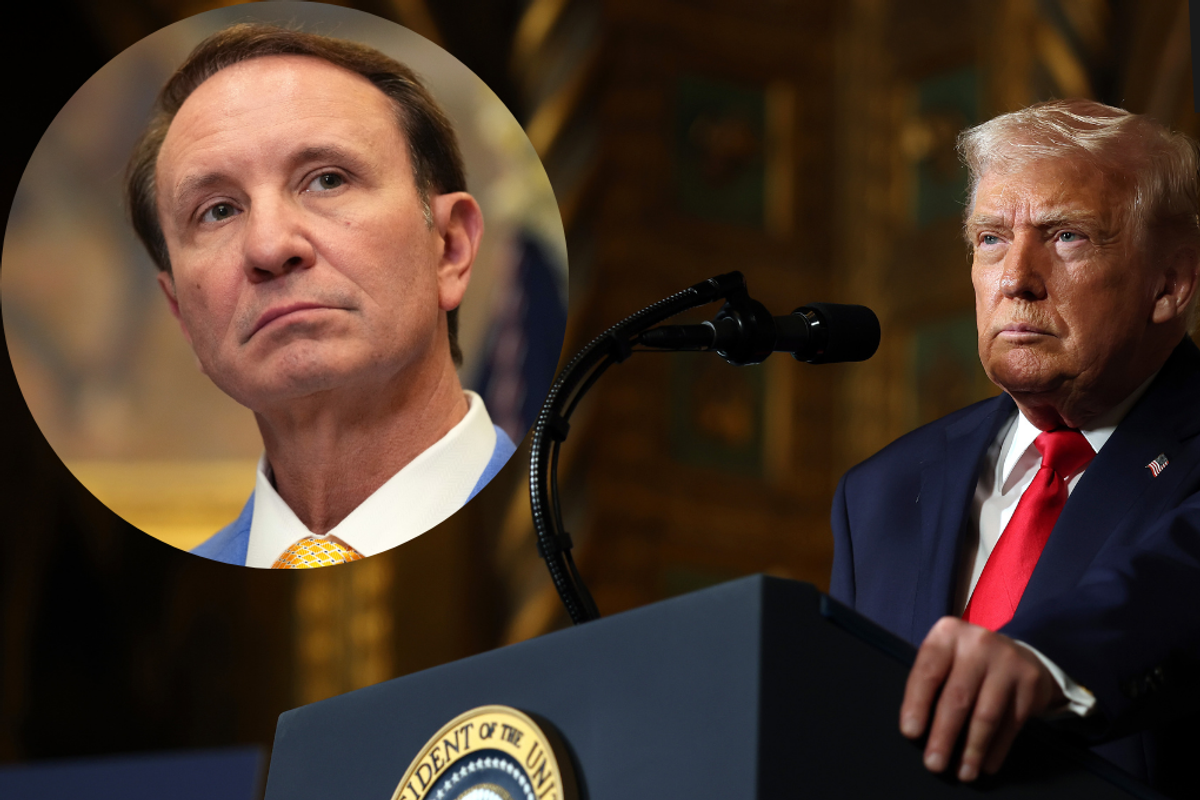Love it or hate it, everybody who has taken a flight has their own opinions about food served on planes.
That, of course, includes flight attendants, who help prepare and service these inflight meals.
So what are the foods they would recommend avoiding when cruising at 35,000 feet?
First of all water and hot drinks are an area in which they think passengers should be careful around.
While bottled water is fine, tap water could be one to avoid, explained one flight attendant to HuffPost, who requested that she be referred to simply as Whytney.
“It all comes down to how often the pipes are cleaned,” she said, adding that tap water is also commonly used to brew coffee and tea.
“The issue isn’t so much within the United States but, across other countries, similar regulations aren’t in place.”
“Most flight attendants won’t drink the tap water, coffee or tea,” she added, noting that caffeinated drinks also dehydrate you – another reason to avoid them while travelling.
And before you put ice in your drink, think again. That is also often made using the very same tap water.
Steaks and fillets are another food category to avoid, attendants said, mainly because they are always overdone.
“The ovens are only so big, and there is only so much food that can fit in it,” said a Delta Air Lines flight attendant named Dennis. “If you are particular about how your steak should be prepared, don’t eat it.”
Alcohol is another one which “affects your body negatively when in high altitude”, added Whytney, again because of dehydration, as well as lower oxygen levels in the body while flying.
That is because the barometric pressure in a plane cabin is lower than what we are used to, meaning the body finds it more difficult to take on oxygen. This can lead to light-headedness, and potentially make travellers more drunk in the air than they would be on land. Oops.
As for pasta and soups, they are usually high in salt on flights, partly because low pressure means those food groups taste less intense at low pressure, leading aviation caterers to season them heavily.
Whytney added: “Also some Indian meals fall in the category because they have no meat but a higher salt content. Any kind of sandwich with deli meat inside of it probably has higher levels of salt as well.”
As for other refrigerated foods, experts warned that they too should be given a wide berth, because they are often not very fresh when served on planes.
So is there anything you can eat on your flight?
Staff often bring their own packaged dinners, Whytney said. “Usually, people bring a pretty large insulated lunch box with everything in it: meat, yoghurts, salads, fruits and more.”
So that’s pretty much a no, then…
Sign up for our free Indy100 weekly newsletter
How to join the indy100's free WhatsApp channel
Have your say in our news democracy. Click the upvote icon at the top of the page to help raise this article through the indy100 rankings














